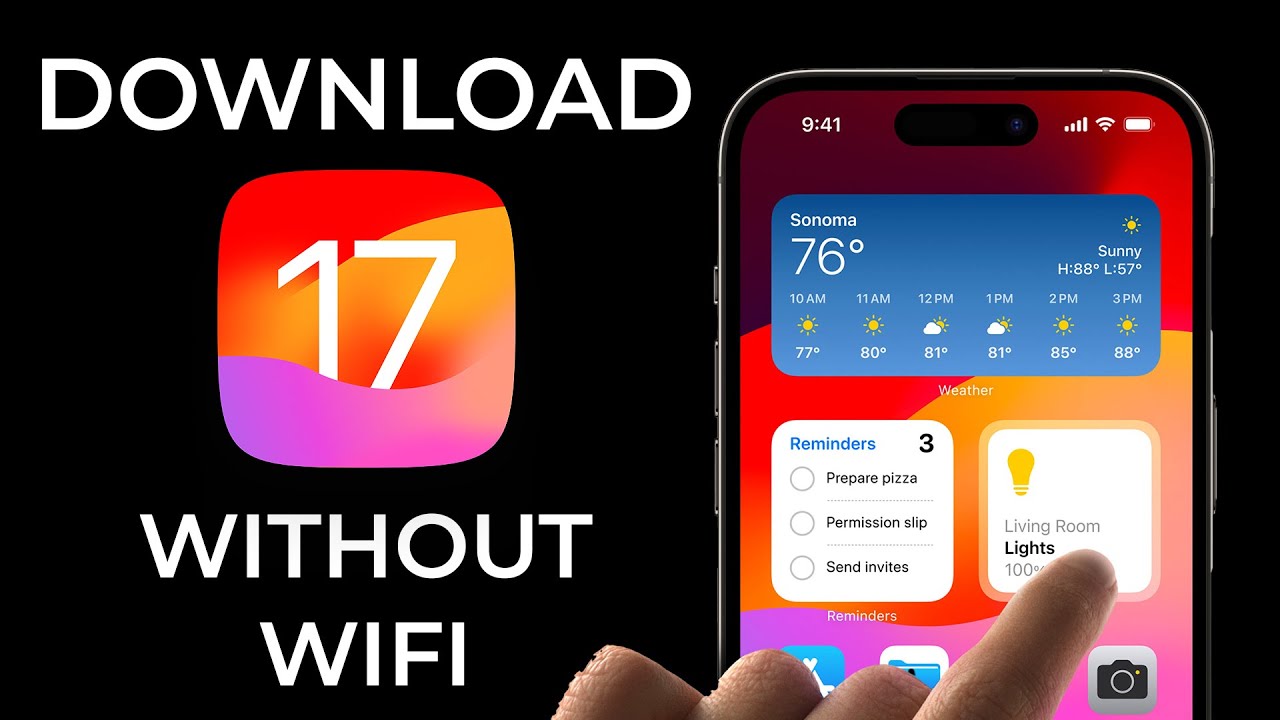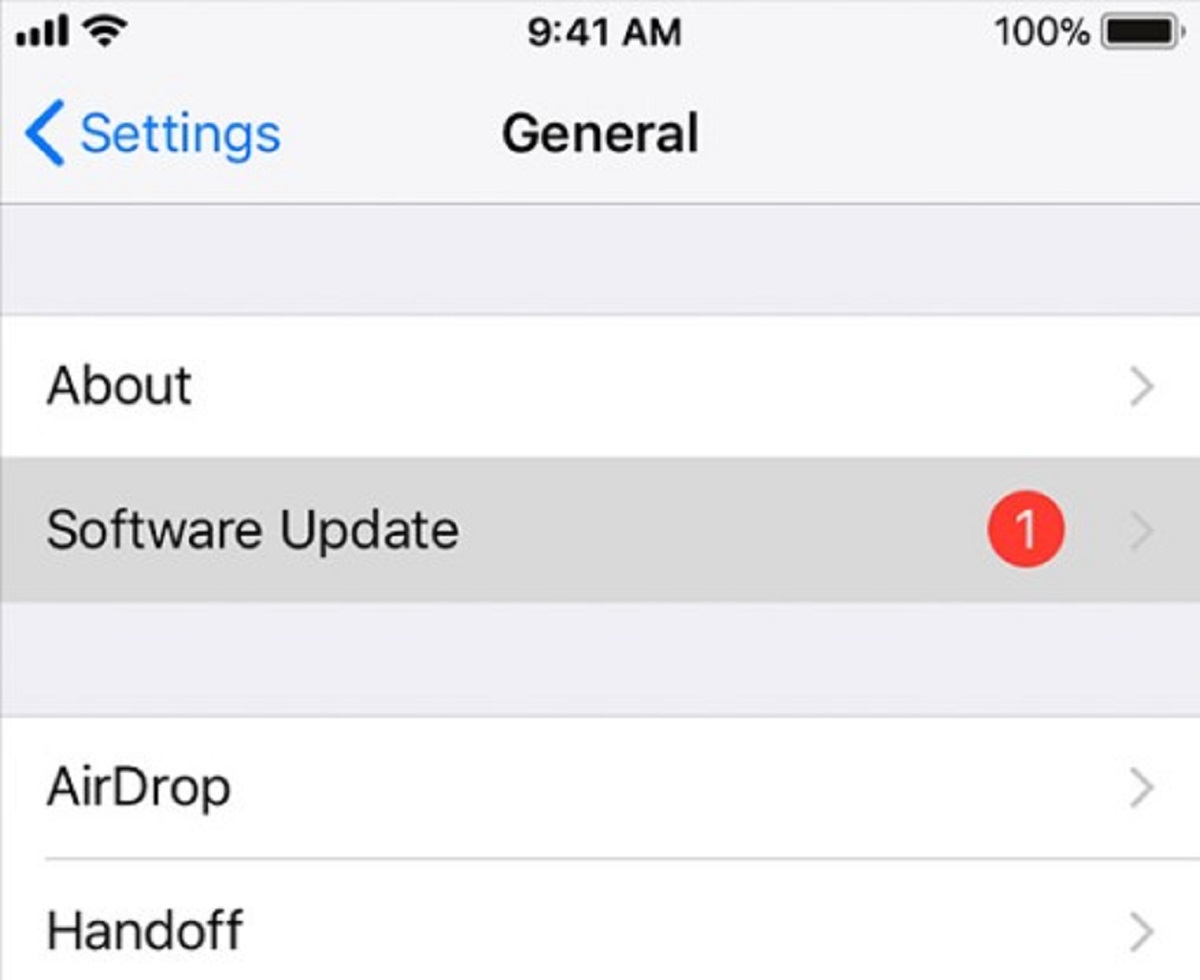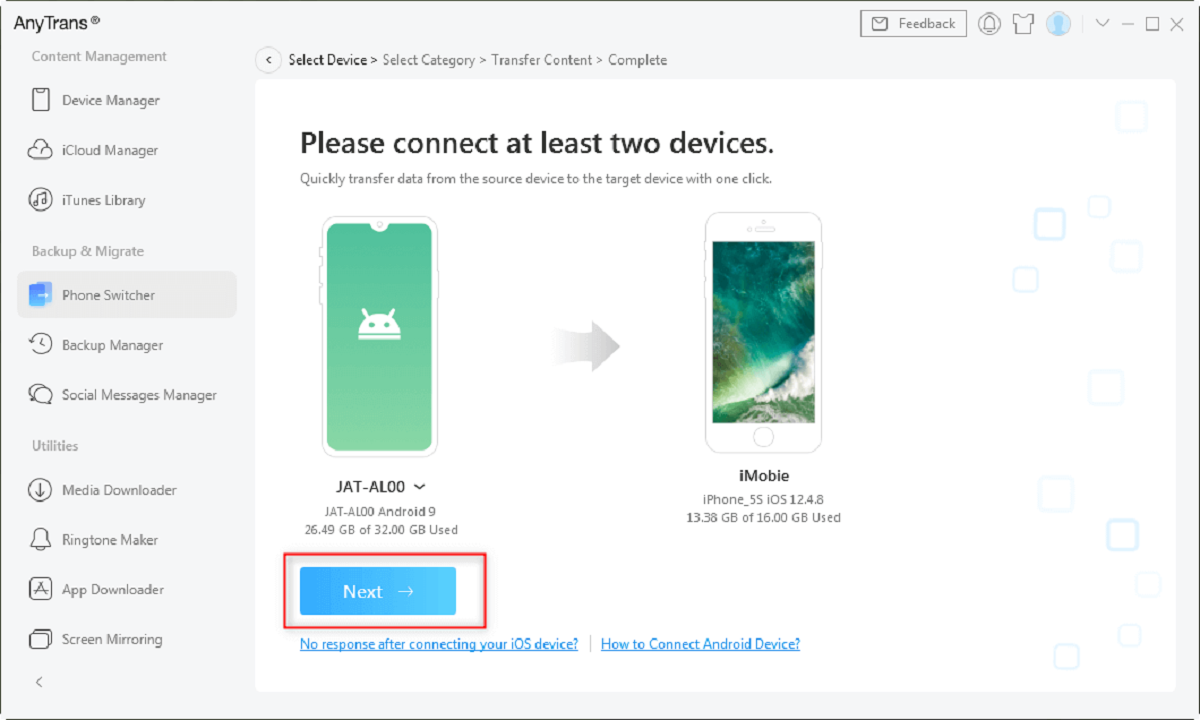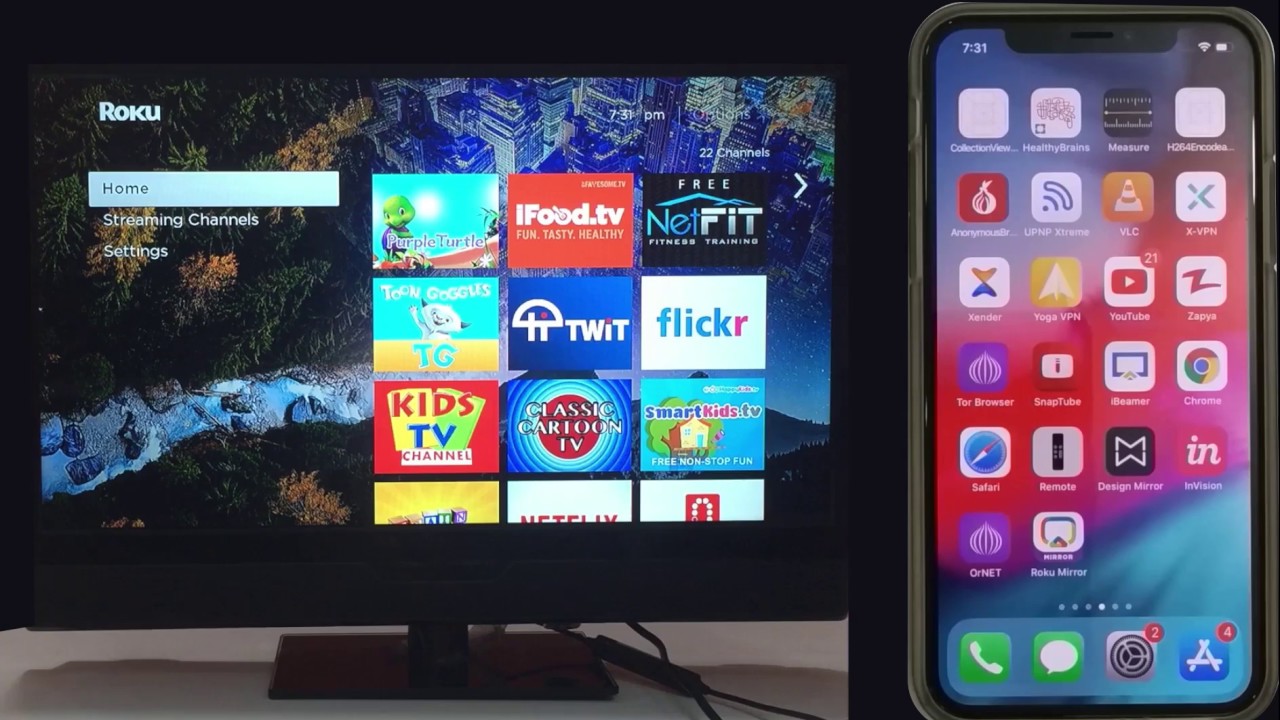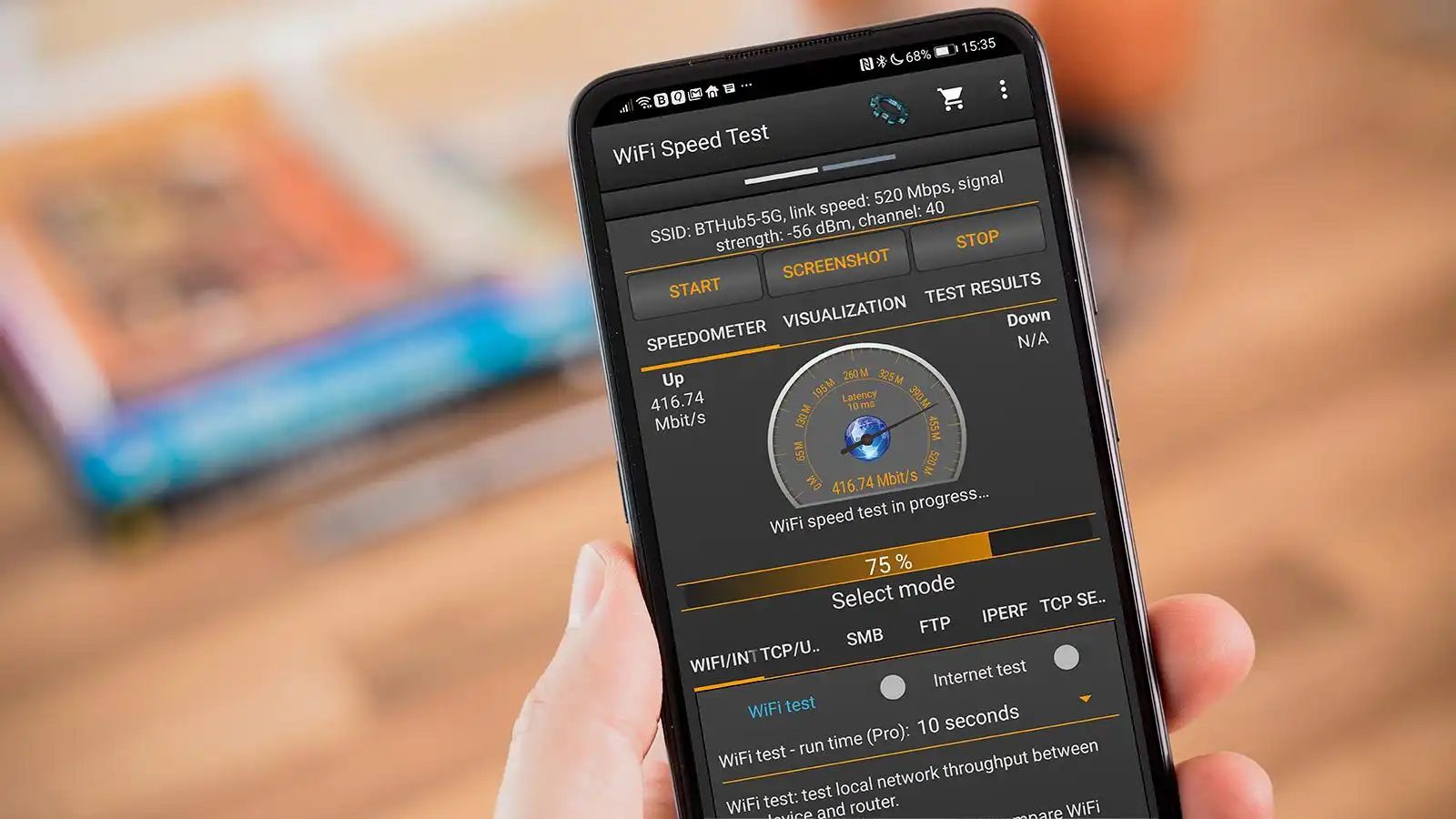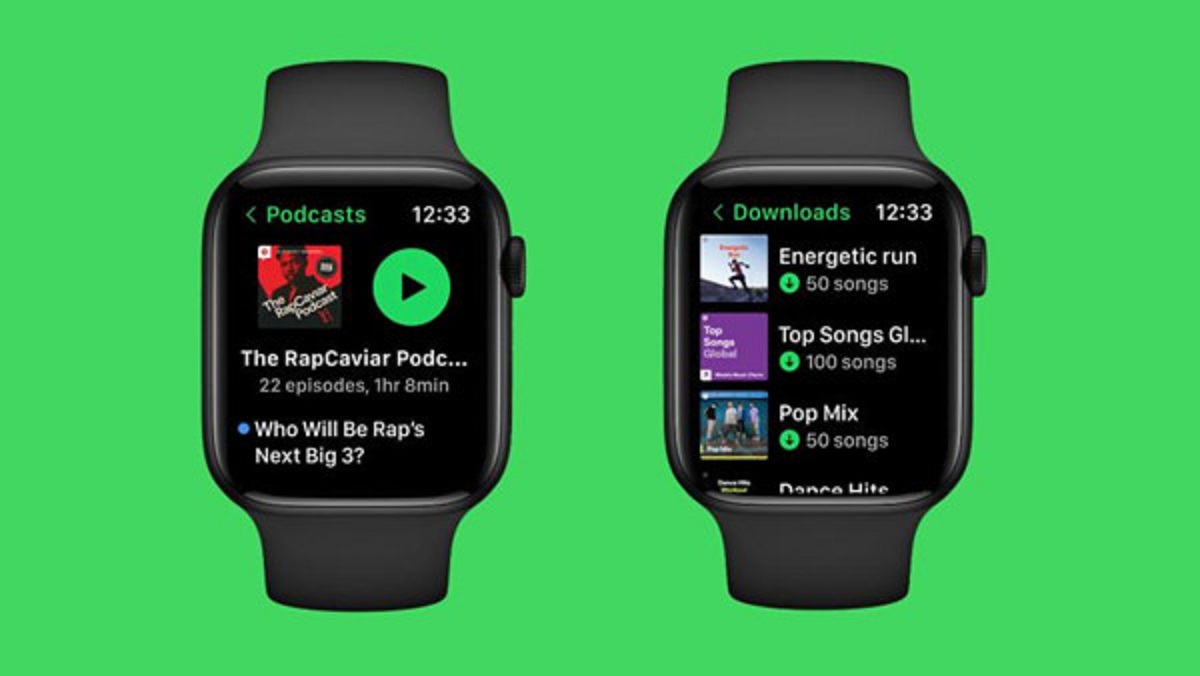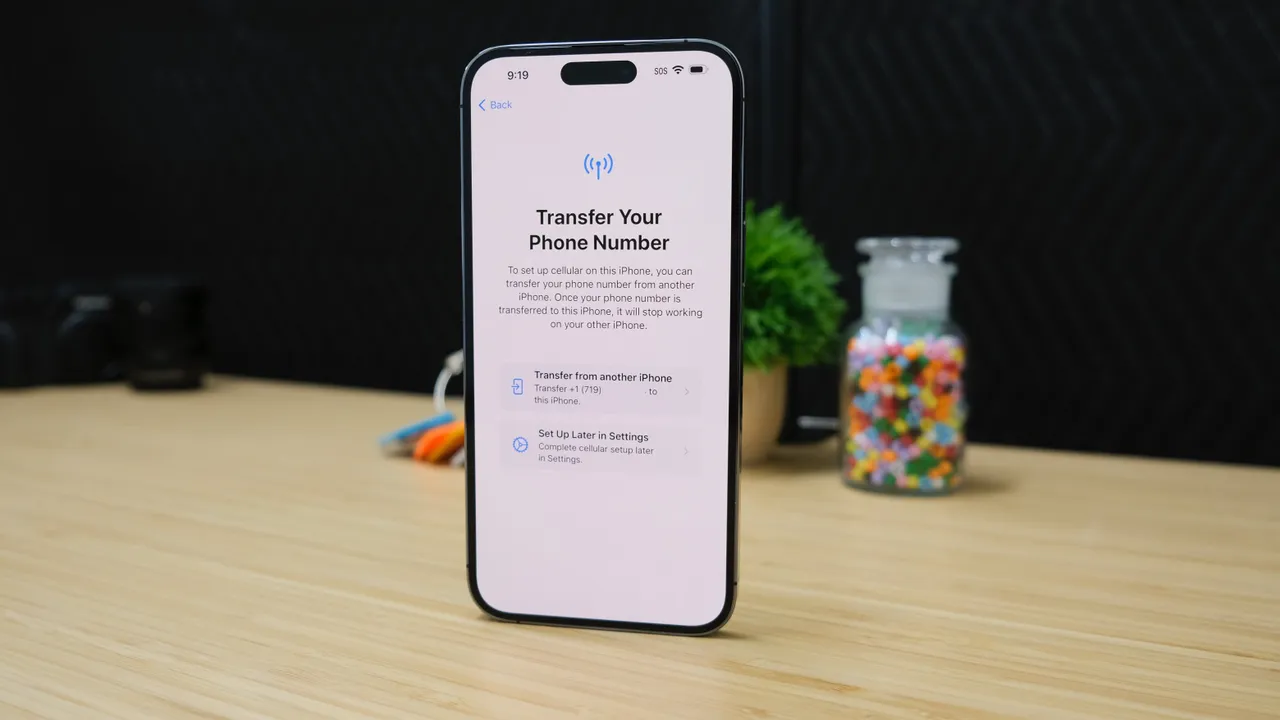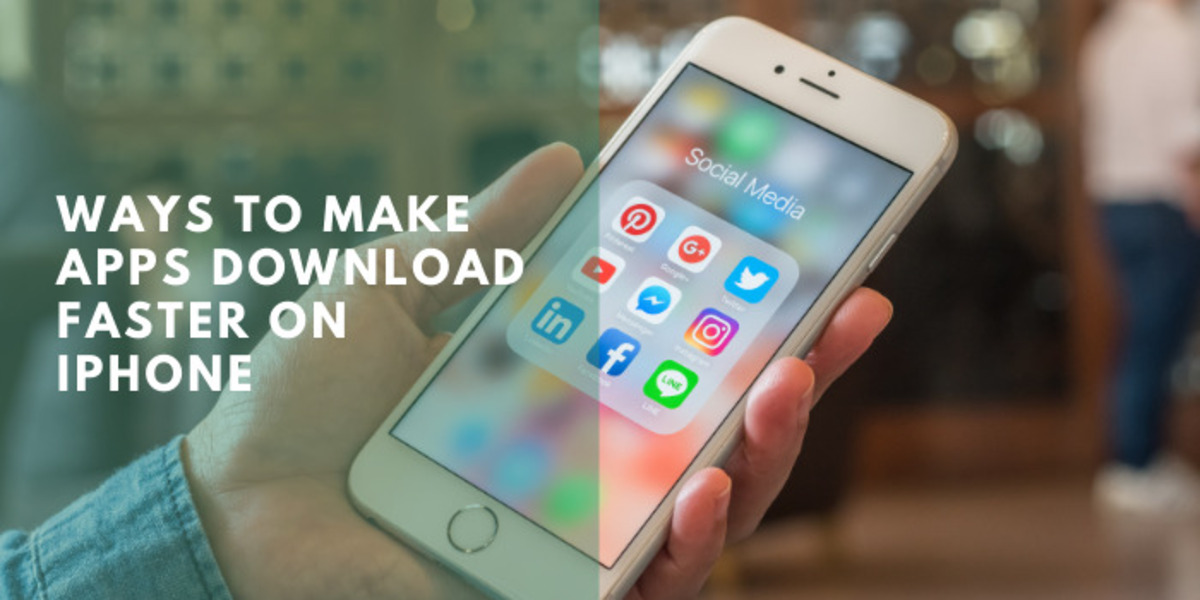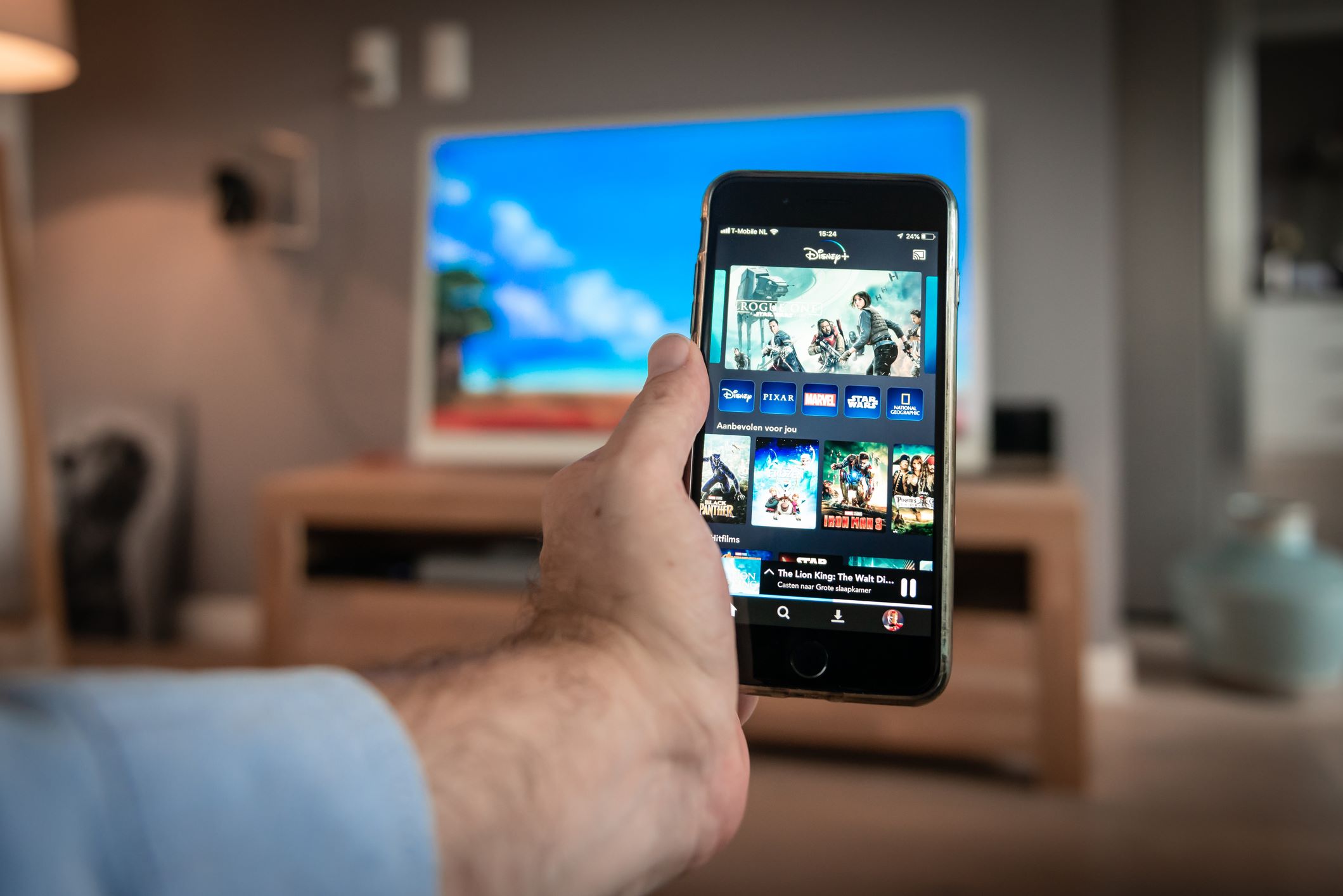Introduction
Welcome to the world of iPhones, where seamless connectivity plays a crucial role in our daily lives. However, there may be times when you find yourself in a situation without access to Wi-Fi and need to download something on your device. Whether it’s a new app, an important document, or your favorite TV show, not having Wi-Fi can be quite frustrating. But fear not, as we have some methods to help you download without Wi-Fi on your iPhone.
In this article, we will explore four different methods that allow you to download content on your iPhone using alternative means. Whether you have a cellular data plan or access to public Wi-Fi networks, there’s a solution for you. Additionally, we’ll also look at how you can use iTunes on a computer or utilize a file transfer app to download files directly to your iPhone. So, let’s dive in and discover how you can overcome the challenges of downloading without Wi-Fi on your iPhone.
Please note that these methods may vary depending on your iPhone model and the iOS version you are running. It’s always a good idea to keep your device software up to date for the best compatibility and performance.
Method 1: Downloading with Cellular Data
If you have a cellular data plan with sufficient data allowance, you can easily download content on your iPhone without Wi-Fi. Here’s how:
- Open the App Store on your iPhone.
- Navigate to the app or content you want to download.
- Tap on the download button or the price button (for paid apps) next to the content.
- Your iPhone will prompt you to confirm the download using cellular data since it may consume a significant amount of data. Tap “OK” to proceed.
- The download will begin, and you can monitor its progress from the App Store updates tab.
- Once the download is complete, you can access the downloaded content directly from your device.
It’s important to note that using cellular data for downloading large files or streaming content can quickly consume your data plan. Make sure to keep an eye on your data usage and adjust your settings accordingly to avoid any unexpected charges or exceeding your data limit.
While this method is convenient, it’s recommended to use Wi-Fi whenever possible, as it typically offers faster download speeds and doesn’t consume your cellular data. With that said, downloading with cellular data is a viable option for those times when Wi-Fi isn’t available or reliable.
Method 2: Downloading with Public Wi-Fi Networks
If you find yourself in a public place with access to a Wi-Fi network, you can take advantage of it to download content on your iPhone without using your cellular data. Here’s how:
- Ensure that your iPhone’s Wi-Fi is turned on. You can do this by going to Settings > Wi-Fi and toggling the switch to the “On” position.
- Scan for available Wi-Fi networks in your surroundings. Public places such as coffee shops, libraries, and airports often offer free Wi-Fi access.
- Select the desired Wi-Fi network from the list and enter any required login credentials.
- Once connected, open the App Store or any other app that provides downloadable content.
- Navigate to the desired content and begin the download process by tapping on the appropriate button.
- Wait for the download to complete. You may monitor the progress from the app’s download section or the App Store updates tab.
- After the download is finished, the content will be available for you to enjoy on your iPhone.
While using public Wi-Fi networks can be a convenient way to download without using your cellular data, it’s important to exercise caution. Only connect to trusted and secure networks to protect your personal information. Avoid entering sensitive credentials or accessing sensitive data when connected to public Wi-Fi networks.
Remember, public Wi-Fi connections may vary in terms of speed and stability. If you encounter any issues with the download, it’s worth trying a different Wi-Fi network or timing your download for a less congested period.
Method 3: Downloading using iTunes on a Computer
If you have access to a computer with iTunes installed, you can use it to download content and transfer it to your iPhone without the need for Wi-Fi. Here’s how:
- Connect your iPhone to the computer using a USB cable.
- Open iTunes on the computer.
- Ensure that your iPhone is recognized by iTunes and appears in the device list.
- Navigate to the iTunes Store within the iTunes application.
- Browse or search for the desired content, such as apps, music, movies, or TV shows.
- Select the content you want to download and click on the “Buy” or “Download” button.
- Wait for the download to complete. The progress can be tracked in the iTunes Downloads tab.
- Once the download is finished, disconnect your iPhone from the computer.
- The downloaded content will now be available on your iPhone for you to enjoy.
Using iTunes on a computer provides a reliable way to download content, especially for larger files such as movies or TV shows. Additionally, it allows you to manage your downloaded content and synchronize it with your iPhone whenever you connect it to the computer.
Keep in mind that iTunes may not be available on every computer or may require installation. Make sure you have a reliable internet connection on the computer to ensure a smooth download experience. Also, remember to update your iTunes software to the latest version for optimal performance and compatibility with your iPhone.
Method 4: Using a File Transfer App
If you have files or content that you want to download directly to your iPhone without Wi-Fi, you can utilize a file transfer app. These apps allow you to transfer files from your computer or other devices to your iPhone using a wired or wireless connection. Here’s how you can do it:
- Download and install a file transfer app from the App Store. There are several options available, such as FileMaster, Documents by Readdle, or FileApp.
- Launch the file transfer app on your iPhone.
- Connect your iPhone to the computer using a USB cable, or connect both devices to the same Wi-Fi network.
- On your computer, open a web browser, and enter the IP address or web URL provided by the file transfer app.
- Follow the instructions provided by the app to establish a connection between your iPhone and the computer.
- Once the connection is established, you can access your iPhone’s file system from the computer.
- Select the files you want to download and transfer them to your iPhone.
- Wait for the transfer to complete, and then disconnect your iPhone from the computer.
- The downloaded files will now be accessible on your iPhone through the file transfer app.
File transfer apps provide a convenient way to download and manage files on your iPhone without the need for Wi-Fi. They offer various features such as file organization, document viewing, and sharing capabilities. Some apps even support cloud storage integration, allowing you to directly download files from services like Dropbox or Google Drive.
Before using a file transfer app, ensure that it is reputable and has positive user reviews. Additionally, be cautious when transferring files from unknown or untrusted sources to protect your device from malware or viruses.
Remember to regularly back up your downloaded files to avoid any loss in case of device damage, loss, or software issues.
Conclusion
Downloading content on your iPhone without Wi-Fi is indeed possible, thanks to various methods available. Whether you have a cellular data plan, access to public Wi-Fi networks, a computer with iTunes, or a file transfer app, there’s a solution to meet your needs.
Method 1 allows you to download with your cellular data, providing a convenient option when Wi-Fi is not available. However, it’s essential to monitor your data usage to avoid exceeding your plan’s limits.
Method 2 takes advantage of public Wi-Fi networks, offering a reliable and often free solution. Remember to connect only to trusted networks to protect your privacy and personal information.
Method 3 involves using iTunes on a computer, enabling you to download and manage content with ease. This method is especially useful for larger files and provides synchronization capabilities.
Method 4 introduces file transfer apps, offering a flexible and wireless way to download files directly to your iPhone. These apps come with additional features and allow you to transfer files from various sources.
Remember to choose the method that suits your specific situation and preferences. It’s essential to consider factors such as data usage, security, file size, and convenience when deciding which method to use.
By utilizing these methods, you can overcome the limitations of Wi-Fi dependency and download content on your iPhone wherever and whenever you need it.
Enjoy the freedom of downloading without Wi-Fi and make the most out of your iPhone’s capabilities!







